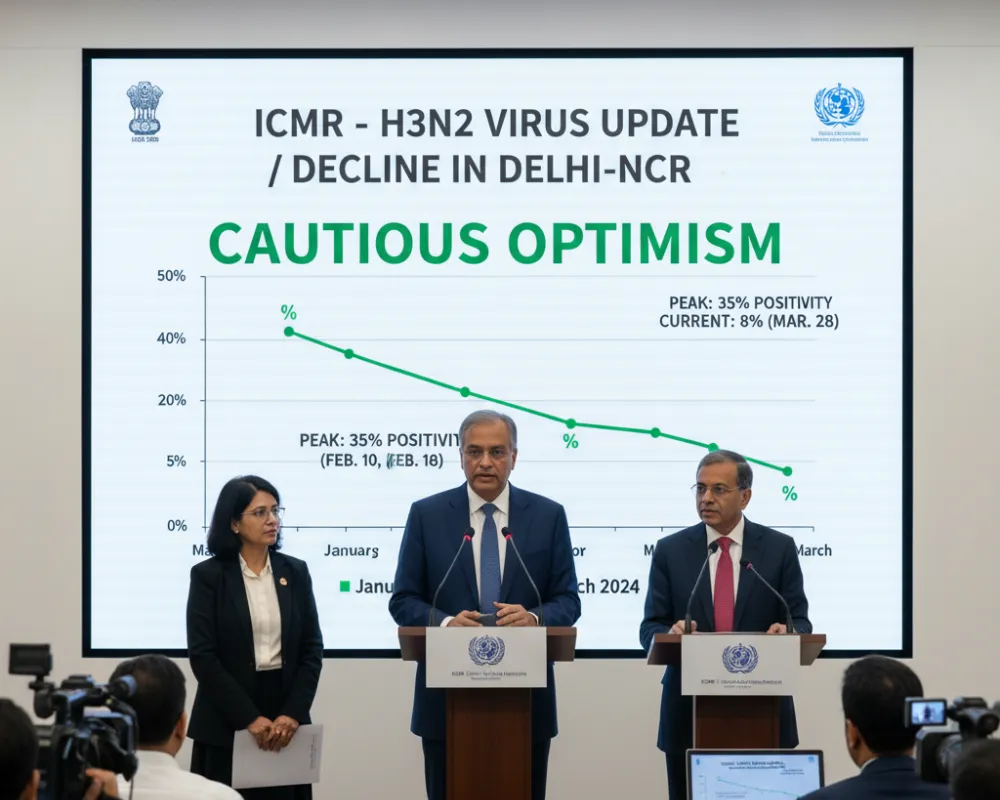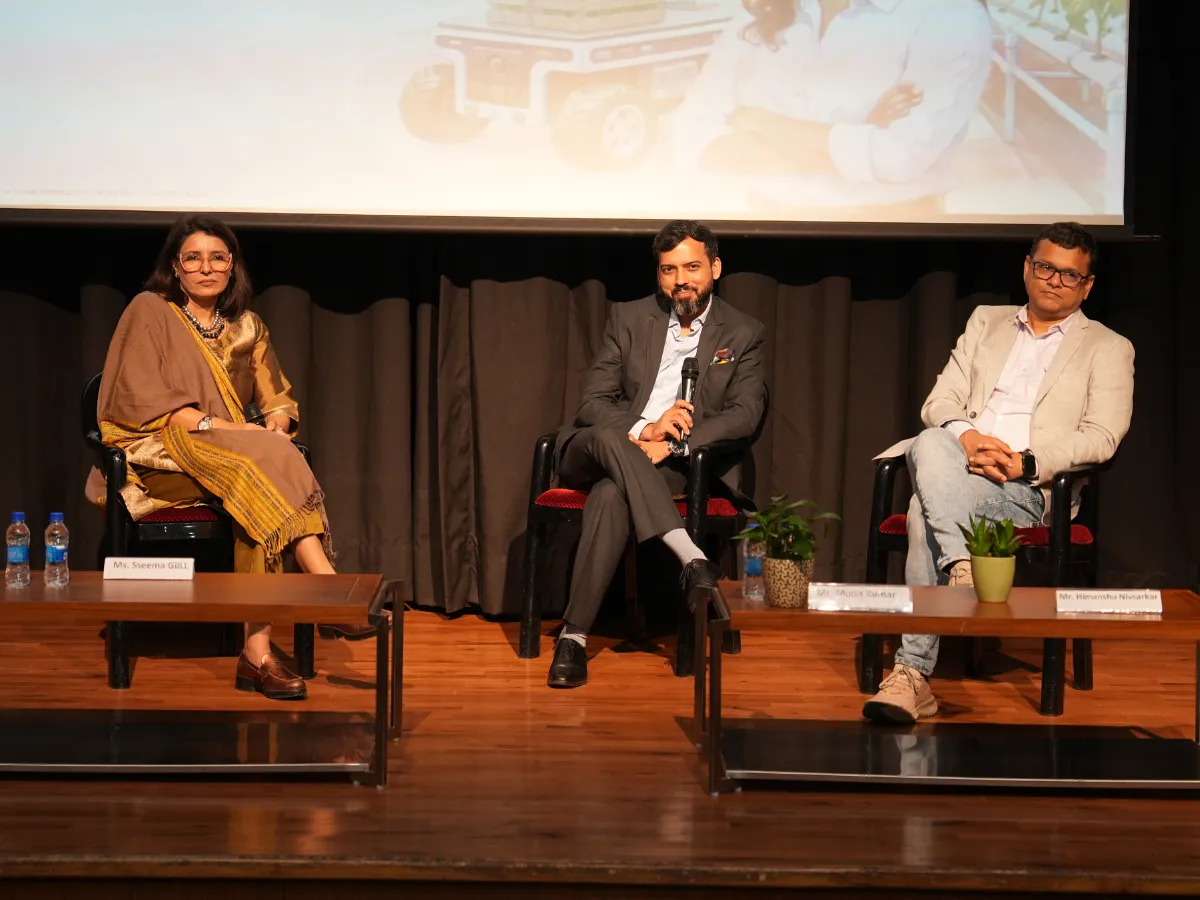Delhi-NCR’s H3N2 flu cases are finally declining after affecting 70% of households in September 2025. But doctors warn of lingering risks and hospital strain.
 Brajesh Mishra
Brajesh Mishra

Delhi-NCR is facing one of its worst respiratory illness surges in years, as the H3N2 influenza strain spreads rapidly, affecting nearly 70% of households across Delhi, Gurugram, Noida, Faridabad, and Ghaziabad. While surveys now indicate a gradual decline in cases, doctors warn the outbreak continues to strain healthcare systems and could pose risks if precautions are ignored.
September 2025 has seen a sharp rise in H3N2 influenza A cases, with families across Delhi-NCR reporting multiple infections within the same household. A LocalCircles survey of 11,000 households found that nearly 7 in 10 families reported at least one member showing flu-like symptoms. Doctors say this is the highest infection spread in the region in recent years.
Hospitals are recording 15–18 flu cases daily, with many patients experiencing severe respiratory symptoms lasting 7–10 days or longer, compared to the usual 3–5 days of seasonal flu.
According to medical experts, the outbreak is impacting all age groups, but the most vulnerable include:
Doctors caution residents to watch for symptoms that differ slightly from typical flu:
Unlike COVID-19, loss of taste or smell is rare. However, profound weakness and lingering respiratory distress are commonly reported.
Experts attribute the surge to post-monsoon conditions — waterlogging, poor sanitation, and fluctuating temperatures — which make viral transmission easier. India typically sees two flu peaks: during monsoon (June–September) and winter (November–February).
This year, the H3N2 subtype of influenza A has become the dominant strain, making infections more intense and recovery slower.
The World Health Organization (WHO) confirmed in its September 24 update that H3N2 is the predominant strain across South-East Asia, with positivity rates above 30% in several countries.
However, there are concerns over vaccine effectiveness. Data from the CDC shows flu shots are only 35% effective against H3N2 hospitalization, compared to stronger protection against H1N1 and Influenza B.
Still, experts recommend vaccination to reduce severity, prevent complications, and protect high-risk groups.
The outbreak has disrupted life in Delhi-NCR:
Public health specialists warn that unless cases decline in October, the outbreak could stretch into winter flu season, creating a dual burden on hospitals.
Doctors advise:
Dr. Rommel Tickoo (Max Hospital) said: “H3N2 appears to be the predominant strain. While most recover in a week, many patients develop bronchitis or chest complications that require medical attention.”
While the worst of the September surge may be passing, the H3N2 outbreak remains one of the most disruptive flu seasons Delhi-NCR has faced in recent years. The declining trend is reassuring, but experts warn that sustained precautions and vaccination are critical to prevent another spike during the upcoming winter.
How long does H3N2 last?
Around 7–10 days, often longer than seasonal flu.
Is H3N2 dangerous?
Most patients recover, but elderly, children, and those with comorbidities face higher hospitalization risk.
Does the vaccine work?
Yes, though only 35% effective against severe illness — but it reduces risks and complications.
How is it different from COVID-19?
H3N2 causes respiratory illness and prolonged weakness, while COVID-19 often involves loss of taste/smell.






Sign up for the Daily newsletter to get your biggest stories, handpicked for you each day.
 Trending Now! in last 24hrs
Trending Now! in last 24hrs